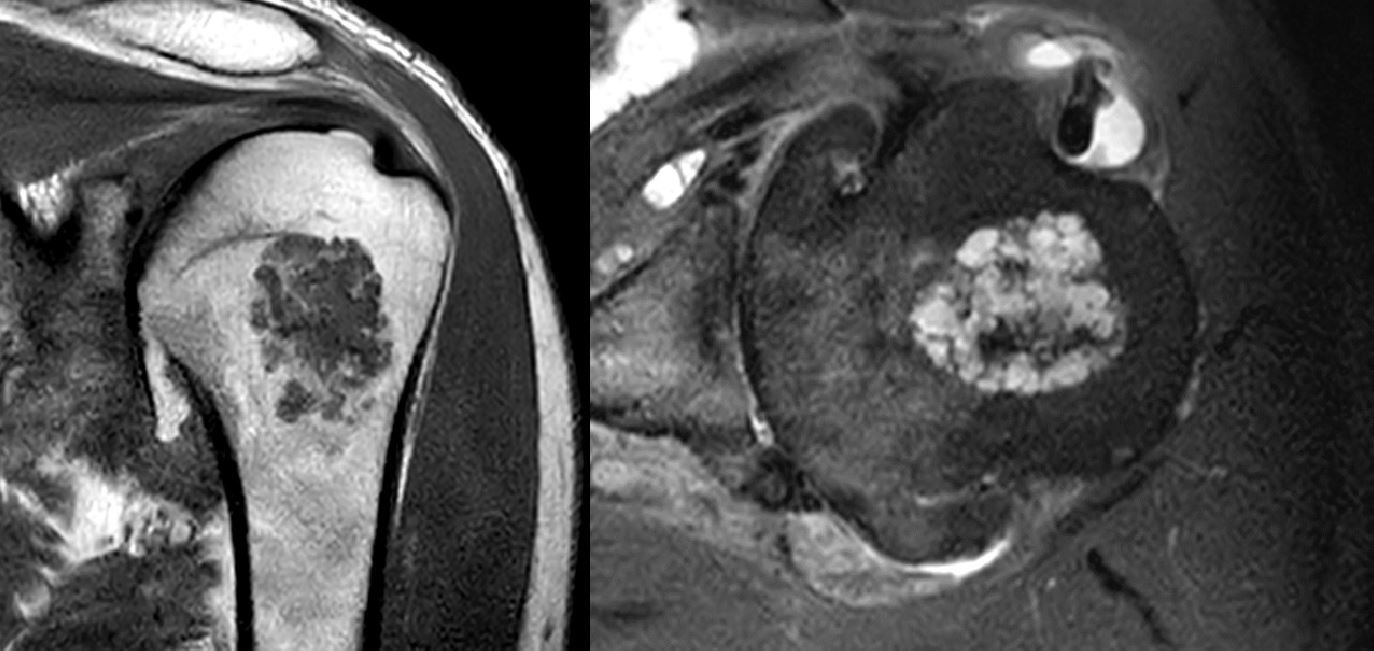
Revolutionising diagnosis and management of cartilage tumours
The musculoskeletal radiology department at BHP member the Royal Orthopaedic Hospital (ROH) has developed a new website designed to enhance the diagnosis and management of cartilage tumours.
bactip.co.uk is a platform that equips healthcare professionals with the tools and knowledge to navigate the complexities of central cartilage tumours. By offering drawings and real case examples, it serves as a valuable resource for interpreting musculoskeletal radiology imaging findings related to these tumours, ensuring their accurate and consistent reporting. Developed collaboratively by experts in the field, bactip.co.uk offers an approach for assessing, diagnosing and monitoring these lesions.
A standout feature of bactip.co.uk is its integrated calculator, which streamlines the grading process based on tumour characteristics, like size and aggressiveness. This innovative tool aims to simplify decision making processes for healthcare professionals dealing with cartilage tumours. This advanced tool also standardises the reporting of central cartilage tumours, reducing subjective differences and improving patient care.
bactip.co.uk enables radiologists and clinicians to make informed decisions by offering an imaging follow up plan. Whether it involves suggesting a referral to an oncology specialist or safely discharging a patient from surveillance monitoring, the protocol provides a detailed framework customised for each unique case.
As a leading authority in orthopaedic excellence, the ROH musculoskeletal radiology department is proud to share its expertise through bactip.co.uk, an open-source free resource.
Dr A. Mark Davies, consultant radiologist at the ROH commented: “This initiative reflects our commitment to openness making sure that healthcare professionals worldwide can access our cutting-edge knowledge and best practices without any barriers. Our dedication to spreading knowledge and best practices aligns with our shared goal of enhancing patient outcomes on a global scale.”